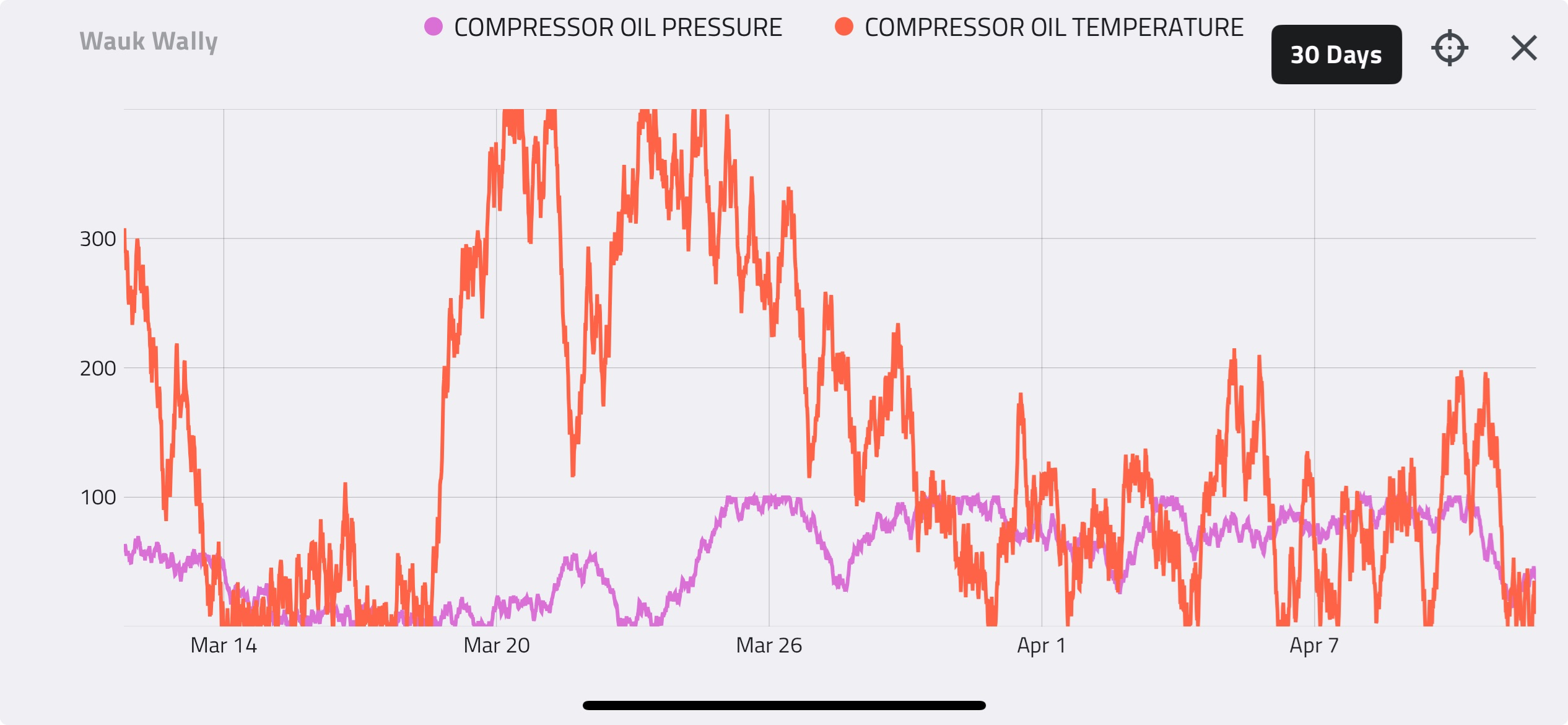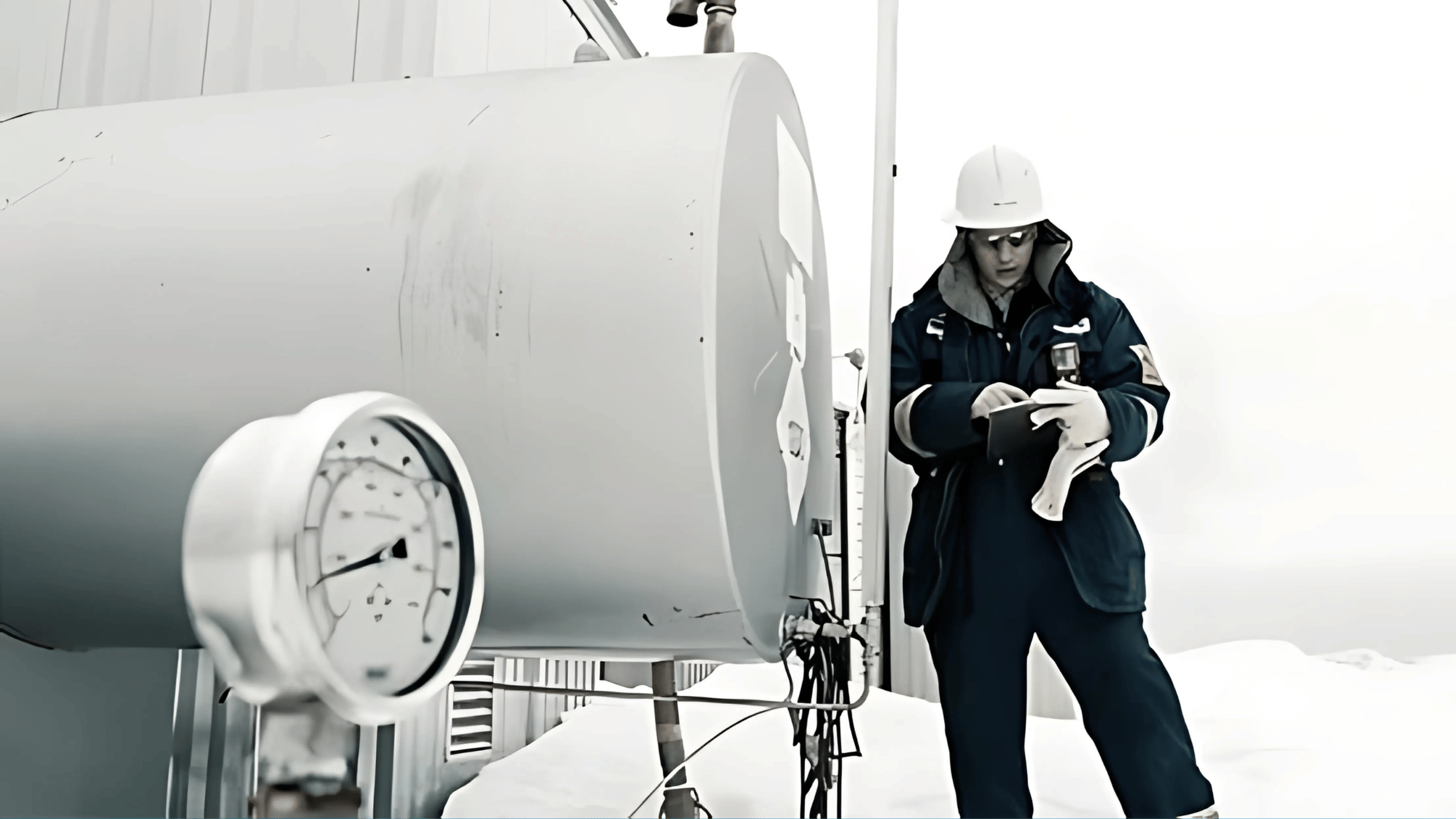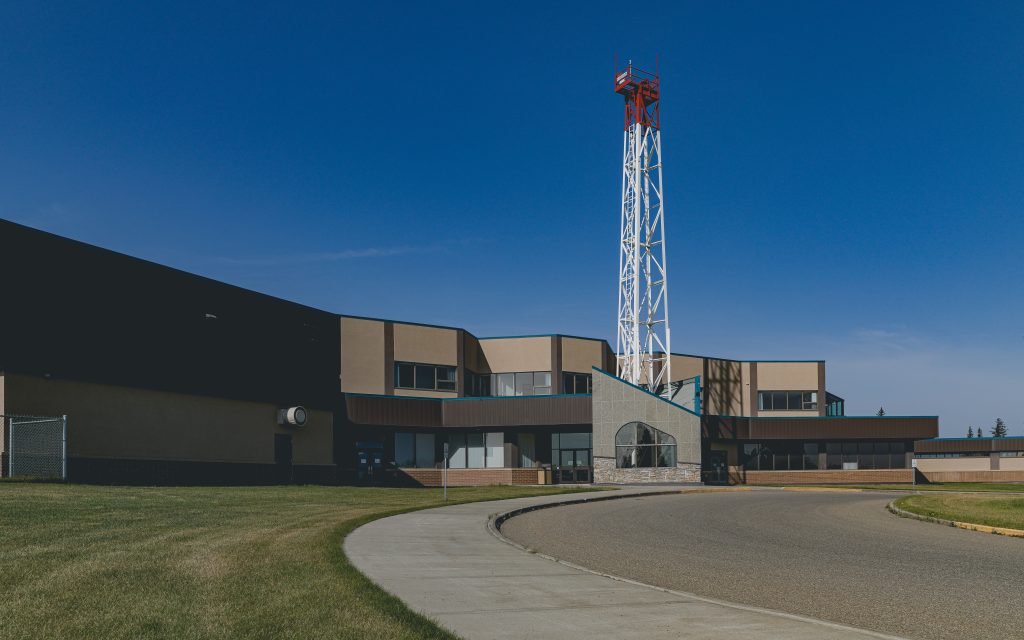Houston, TX |
The purpose of this post is to address the horsepower effects of adding a backpressure valve to a screw compressor that is over compressing. Perhaps the most important thing to be aware of before diving into this subject is the concept of a volume ratio (Vi) within a screw compressor. The simplest way to explain volume ratio is by relating it to the overall compression ratio that a screw compressor achieves. A larger Vi can achieve a greater overall compression ratio while a smaller Vi will achieve a smaller compression ratio.
Over compression occurs when the internal discharge pressure is greater than the discharge line pressure. When the compressed gas exits the rotors, it will rapidly expand, and a pressure drop will be observed. This pressure change can potentially cause pulsations within the screw compressor as the gas is internally discharged. This pulsation frequency can lead to excessive vibrations and further complications, such as bearing fatigue, within the compressor.
To reduce the potential consequences of over compression, the Vi can be reduced, or in cases where the Vi is fixed, back pressure can be added. Adding back pressure will reduce over compression by maintaining the internal discharge pressure throughout the entirety of the discharge port. Essentially, vibrations within the compressor are reduced by forcing rapid expansion to occur in the discharge line instead of the discharge port.
Please see the below graph that illustrates an over compression process as gas moves through the rotors of a compressor without a back-pressure valve.
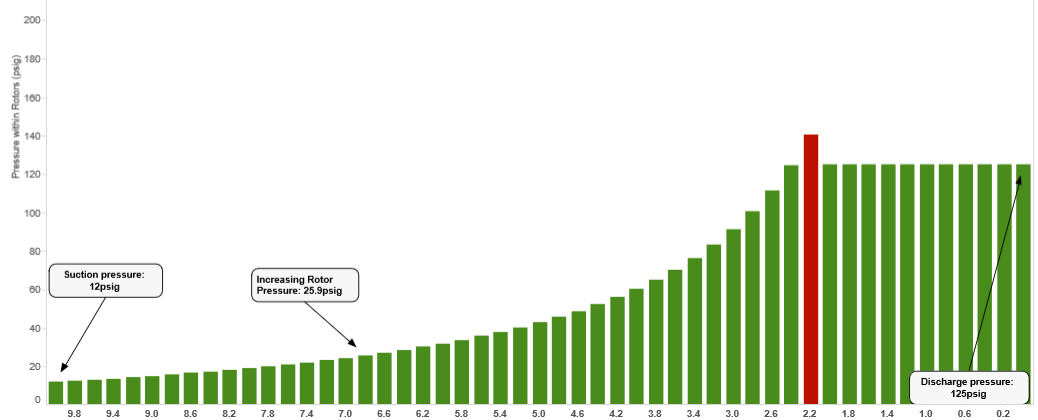
The graph above illustrates the compression of gas as it progresses through the compressor rotors. The red bar at a rotor volume of 2.2 represents the maximum compression achieved with the installed Vi. The rotor volume after the red bar represents the rapid expansion of gas within the discharge port of the compressor, as the pressure drops to line pressure. This apparent drop in pressure tells us that the screw compressor is over compressing and the gas is rapidly expanding.
The graph below shows an over compression scenario with a back-pressure valve installed.
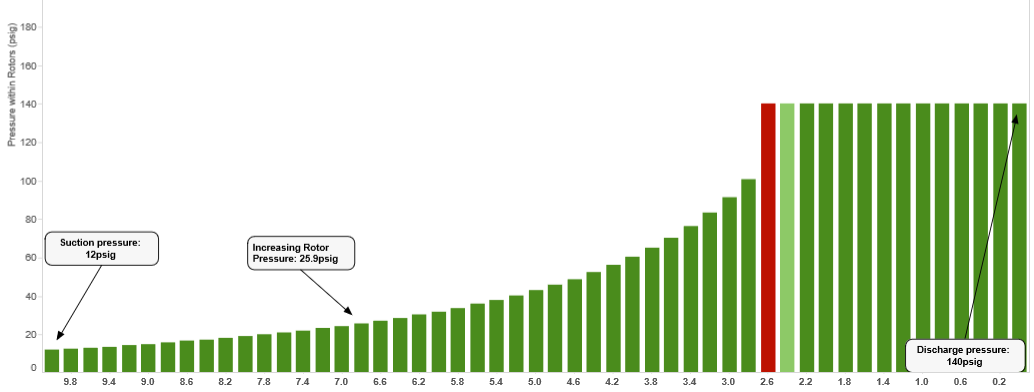
As we can see from the graph above, adding a backpressure valve does not impact the overall internal discharge pressure. A back-pressure valve will maintain the internal discharge pressure at 140psig so that rapid expansion does not occur immediately after exiting the rotors. Instead, the rapid expansion of gas is deferred to a point further down the discharge line.
If we use the numbers from the above graphs, when a back-pressure valve was not installed, the pressure at the discharge port was 125psig (860kPag). With a back-pressure valve installed, the discharge pressure at the discharge port was 140psig (965kPag). This pressure value can be seen by looking at the rotor volume of 0.2 (right before the final discharge event).
By recognizing that a back-pressure valve will increase the pressure seen at the discharge port, we can infer that the power requirements will increase when a back-pressure valve is installed. With a larger pressure at the discharge port, there is a larger force acting against the flow of gas. This additional force must be overcome to push gas into the discharge line. As a result, more horsepower required to move the same volume of gas. This can be attributed to the greater resistance to flow.
Although in some cases, increasing the horsepower requirements may be undesirable, it is important to remember that a back-pressure valve will serve to reduce potentially harmful vibrations within the discharge port of the compressor. Depending on the severity of over-compression, potential complications can involve bearing and fastener fatigue. Back-pressure is important in an over compressing scenario because it serves to reduce the potential for catastrophic failure due to vibration.

